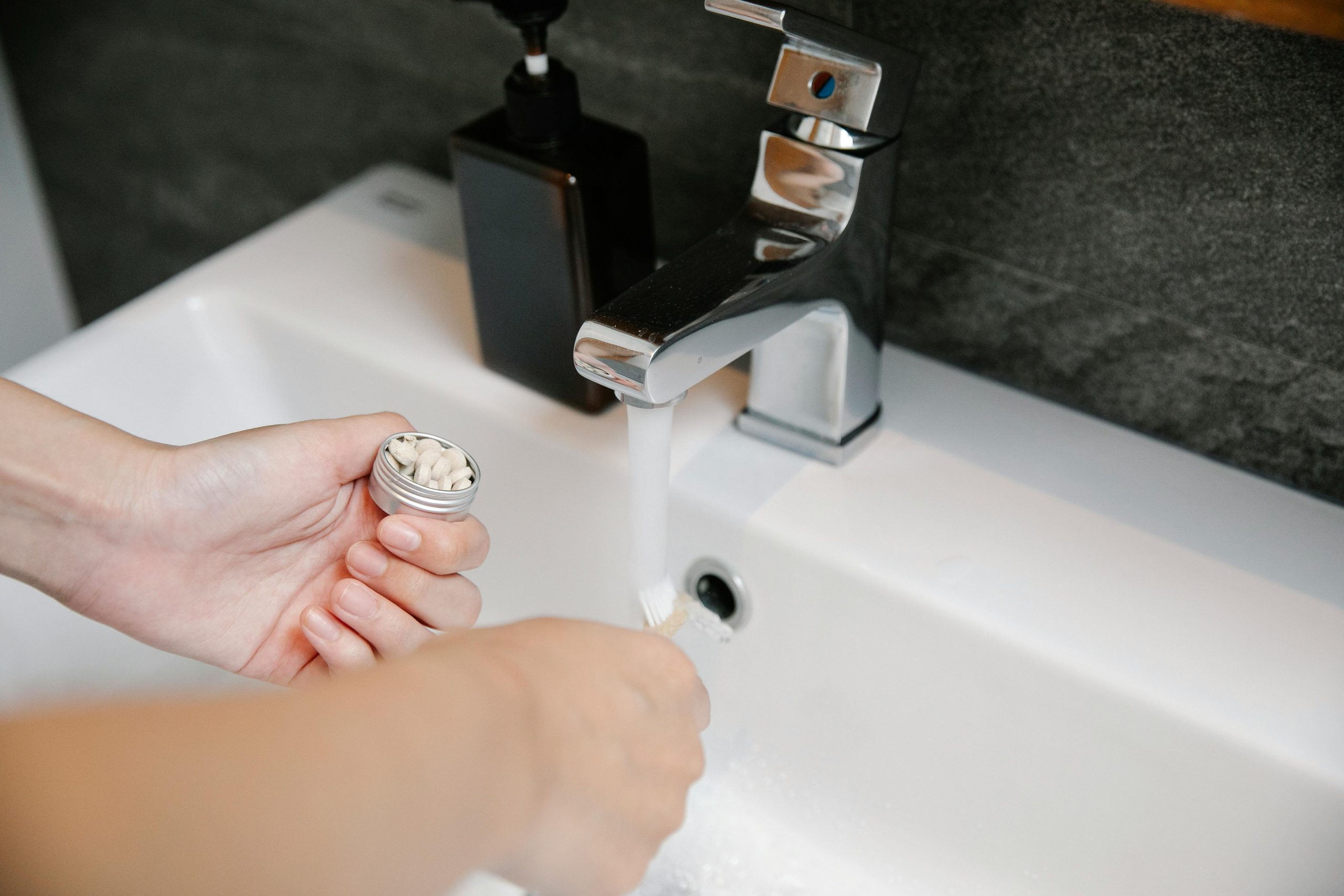Maintaining a healthy smile starts with a consistent daily dental care routine at home. While regular visits to the dentist are essential, the foundation of good oral health is built on the habits you practice every day. Whether you’re looking to improve your current routine or starting from scratch, this guide will walk you through simple yet effective steps to keep your teeth and gums in top shape.
1. Start with the Basics: Brushing Properly
Brushing your teeth is the cornerstone of any dental care routine, but doing it correctly makes all the difference. Here’s how to brush like a pro:
- Choose the right toothbrush: Opt for a soft-bristled brush that fits comfortably in your mouth. Electric toothbrushes can also be more effective at removing plaque.
- Use fluoride toothpaste: Fluoride strengthens enamel and helps prevent cavities.
- Brush for two minutes: Spend at least 30 seconds on each quadrant of your mouth (upper left, upper right, lower left, lower right).
- Angle your brush: Hold it at a 45-degree angle to your gums to clean along the gumline.
- Don’t forget your tongue: Gently brush your tongue to remove bacteria and freshen breath.
Brushing twice a day—once in the morning and once before bed—is the golden rule for preventing plaque buildup and tooth decay.
2. Flossing: The Step You Shouldn’t Skip
Flossing removes food particles and plaque between teeth where your toothbrush can’t reach. Skipping this step can lead to gum disease and cavities in hard-to-reach areas.
How to Floss Correctly
- Use about 18 inches of floss, winding most around your middle fingers and leaving an inch or two to work with.
- Gently slide the floss between your teeth, curving it into a C-shape against one tooth.
- Move the floss up and down to remove debris, then repeat on the adjacent tooth.
- Use a clean section of floss for each tooth to avoid spreading bacteria.
If traditional floss is tricky, try floss picks or a water flosser for an easier alternative. Aim to floss at least once a day, preferably before bedtime.
3. Incorporate Mouthwash for Extra Protection
Mouthwash isn’t just for fresh breath—it can also reduce plaque, fight bacteria, and strengthen enamel. Here’s how to use it effectively:
- Choose the right type: Look for an antiseptic mouthwash to kill bacteria or a fluoride rinse to protect against cavities.
- Swish for 30 seconds: Pour the recommended amount (usually about 20ml) and swish it around your mouth without swallowing.
- Time it right: Use mouthwash after brushing and flossing, but avoid rinsing with water immediately afterward to let the active ingredients work.
While mouthwash is beneficial, it’s not a substitute for brushing and flossing—think of it as an extra layer of defense.
4. Stay Hydrated and Eat Tooth-Friendly Foods
Your diet plays a significant role in oral health. Here’s how to support your teeth through what you eat and drink:
- Drink plenty of water: Water helps wash away food particles and bacteria, and fluoridated water can even strengthen teeth.
- Limit sugary and acidic foods: Sugars feed harmful bacteria, while acids erode enamel. If you indulge, rinse your mouth with water afterward.
- Eat crunchy fruits and vegetables: Apples, carrots, and celery stimulate saliva production, which naturally cleanses your mouth.
- Include calcium-rich foods: Dairy products, leafy greens, and almonds help keep teeth strong.
Small dietary adjustments can make a big difference in preventing cavities and gum disease.
5. Don’t Forget Regular Dental Checkups
Even with a perfect at-home routine, professional cleanings and exams are crucial. Dentists can spot early signs of problems like cavities, gum disease, or oral cancer that you might miss.
- Schedule visits every six months: Regular cleanings remove tartar buildup that brushing and flossing can’t.
- Discuss concerns with your dentist: Whether it’s sensitivity, bleeding gums, or bad breath, your dentist can provide personalized advice.
- Consider preventive treatments: Dental sealants or fluoride treatments may be recommended for extra protection.
Think of your dentist as a partner in maintaining your oral health—not just someone you see when something hurts.
Conclusion
Building an effective daily dental care routine at home doesn’t have to be complicated. By brushing properly, flossing daily, using mouthwash, eating a tooth-friendly diet, and keeping up with dental visits, you’ll set yourself up for a lifetime of healthy smiles. Consistency is key—make these habits part of your everyday routine, and your teeth will thank you for years to come.
